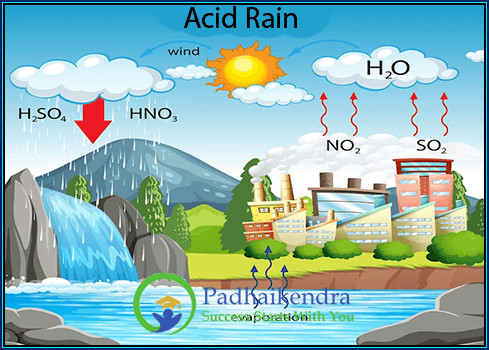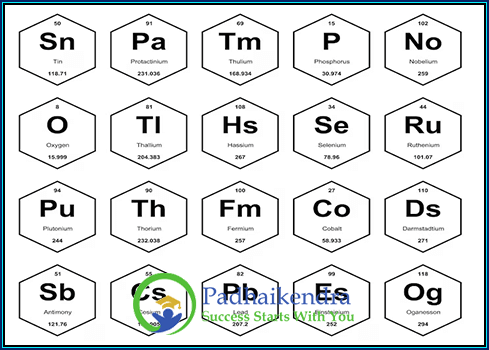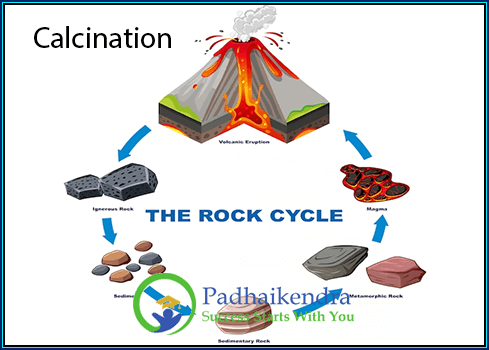Atoms are the basic building blocks of matter, consisting of a nucleus made up of protons and neutrons, surrounded by a cloud of electrons. Atoms are incredibly small, with sizes on the order of 10^-10 meters, or one ten-billionth of a meter.
The number of protons in an atom’s nucleus determines its atomic number, which in turn determines the element to which it belongs. For example, an atom with six protons is carbon, while an atom with eight protons is oxygen.
Atoms can also have different numbers of neutrons, giving rise to isotopes of an element. Isotopes of the same element have the same number of protons but different numbers of neutrons, resulting in different atomic masses.
The behavior of atoms is governed by the laws of quantum mechanics, which describe the probability of finding electrons in different regions around the nucleus. These probabilities are represented by atomic orbitals, which can be used to predict the chemical and physical properties of elements and compounds.
Atoms can form chemical bonds with other atoms through the sharing or transfer of electrons, resulting in the formation of molecules or ions. These chemical bonds give rise to the diverse array of materials and substances found in the natural world.
Atoms FAQs
An atom is the basic building block of matter. It is the smallest unit of an element that retains the chemical properties of that element. Atoms are composed of subatomic particles, including protons, neutrons, and electrons.
An atom consists of three main subatomic particles: protons, neutrons, and electrons. Protons carry a positive charge, neutrons are neutral (carrying no charge), and electrons carry a negative charge. Protons and neutrons reside in the nucleus at the center of the atom, while electrons orbit around the nucleus in energy levels or shells.
The atomic structure refers to the arrangement of subatomic particles within an atom. It includes the positively charged protons and neutral neutrons packed tightly in the nucleus, and the negatively charged electrons occupying specific energy levels or orbitals around the nucleus.
Atoms of different elements are distinguished by the number of protons they have in their nuclei. This number is called the atomic number and is unique to each element. For example, an atom with one proton is hydrogen, while an atom with six protons is carbon.
Atoms were once considered indivisible, but the discovery of subatomic particles revealed that atoms can be further divided. Protons, neutrons, and electrons are subatomic particles that make up an atom. However, these particles are not typically divided in chemical reactions or ordinary physical processes.
Isotopes are atoms of the same element that have the same number of protons but differ in the number of neutrons. This variation in neutron number results in different atomic masses for the isotopes. Isotopes exhibit similar chemical properties but may have different physical properties and varying stability.
Atoms are represented using atomic symbols or atomic notation. The atomic symbol typically consists of the element's abbreviation, which is derived from its name. The atomic number (number of protons) is represented as a subscript, and the atomic mass (average mass of all the isotopes) is indicated as a superscript.
Yes, atoms can combine with one another to form compounds. This occurs through chemical reactions, where atoms bond together to create new substances. These bonds can be ionic (electrostatic attraction between positively and negatively charged ions) or covalent (sharing of electrons between atoms). The combination of different atoms leads to the formation of a wide variety of compounds with diverse properties.





